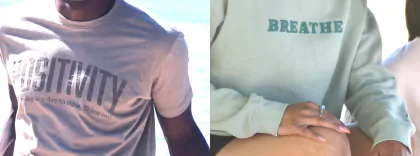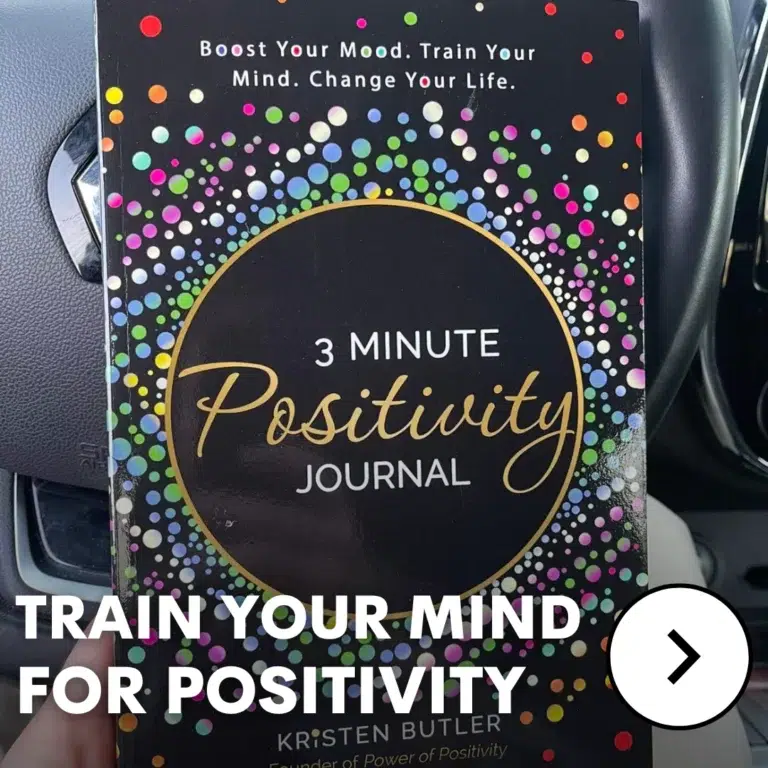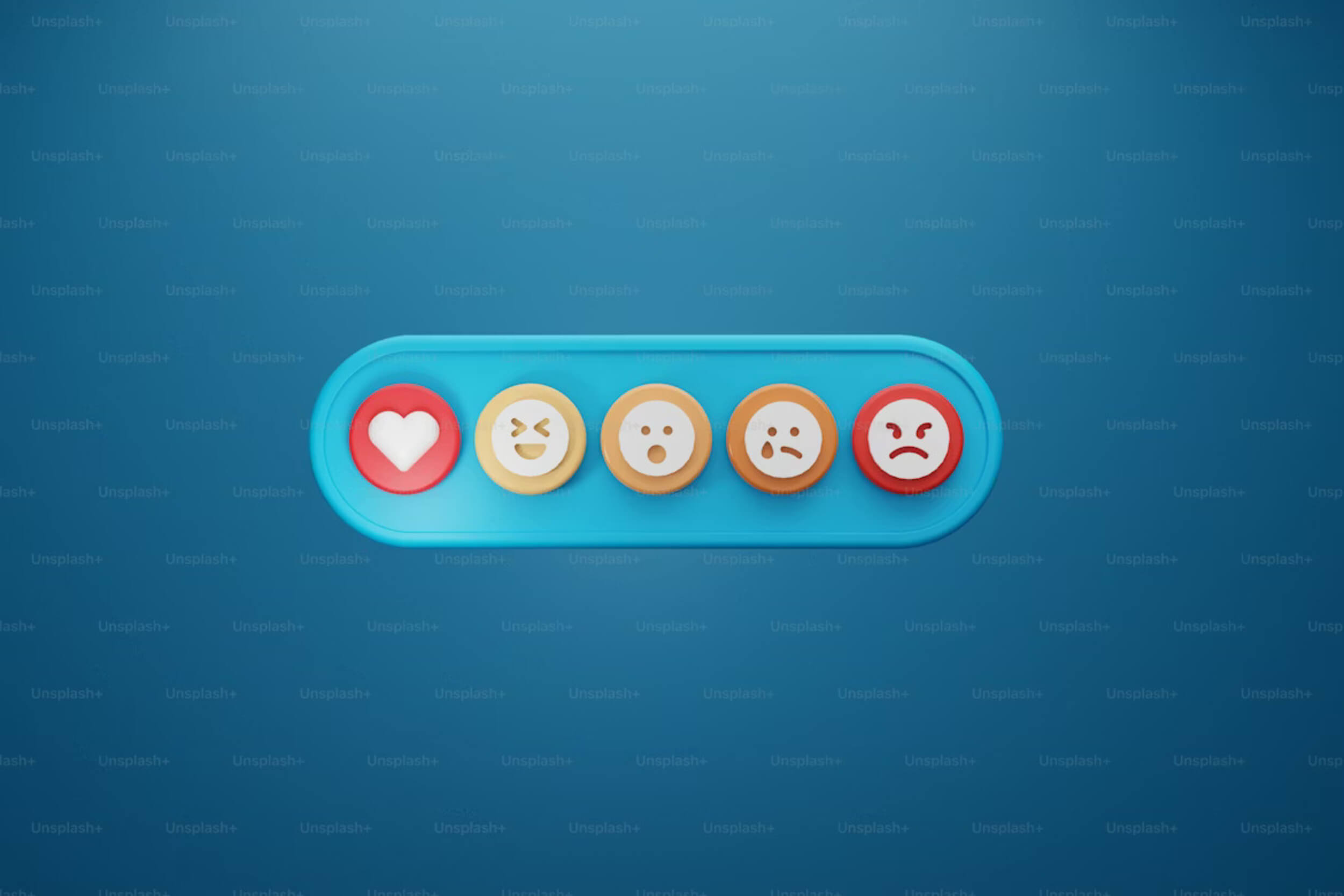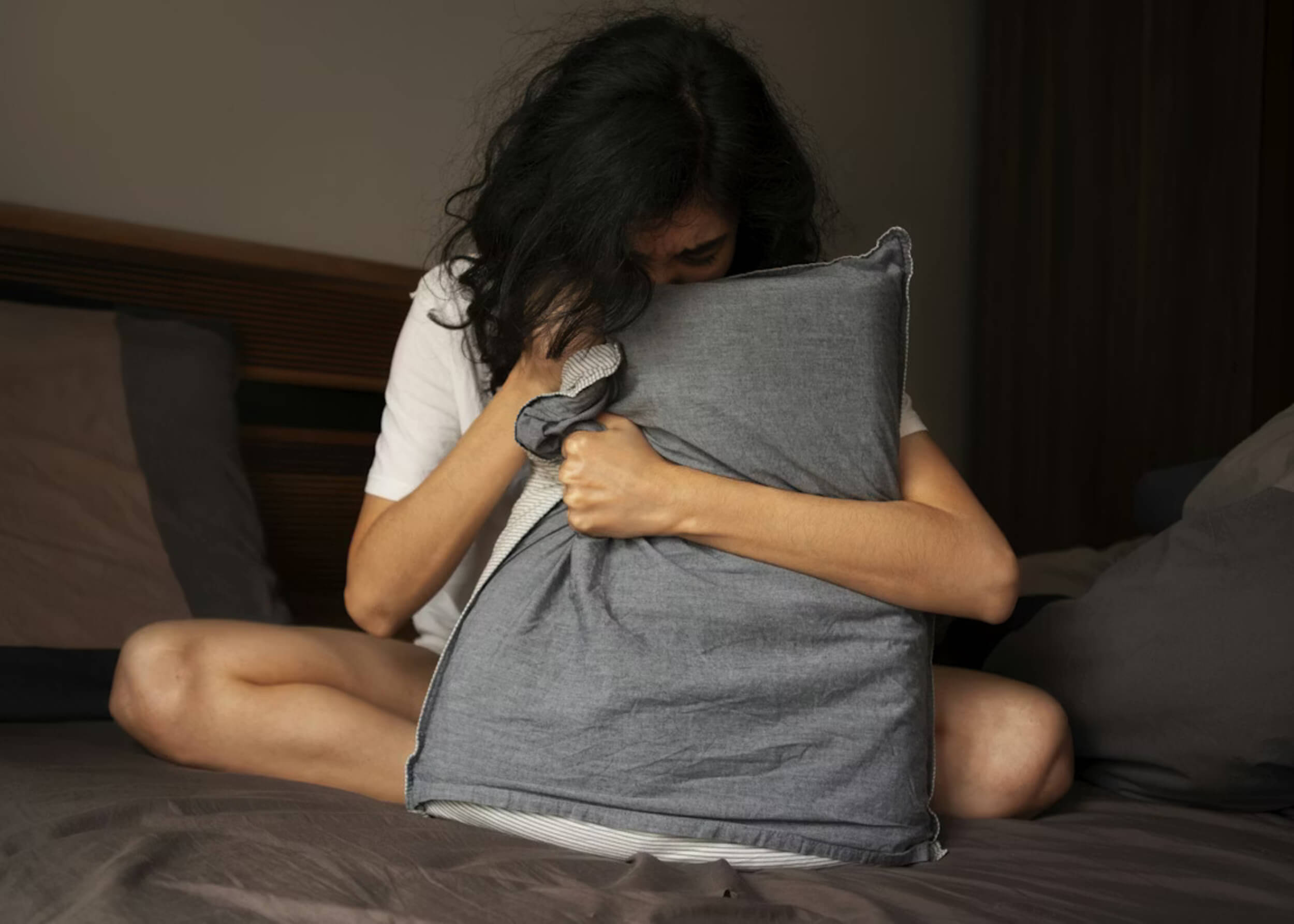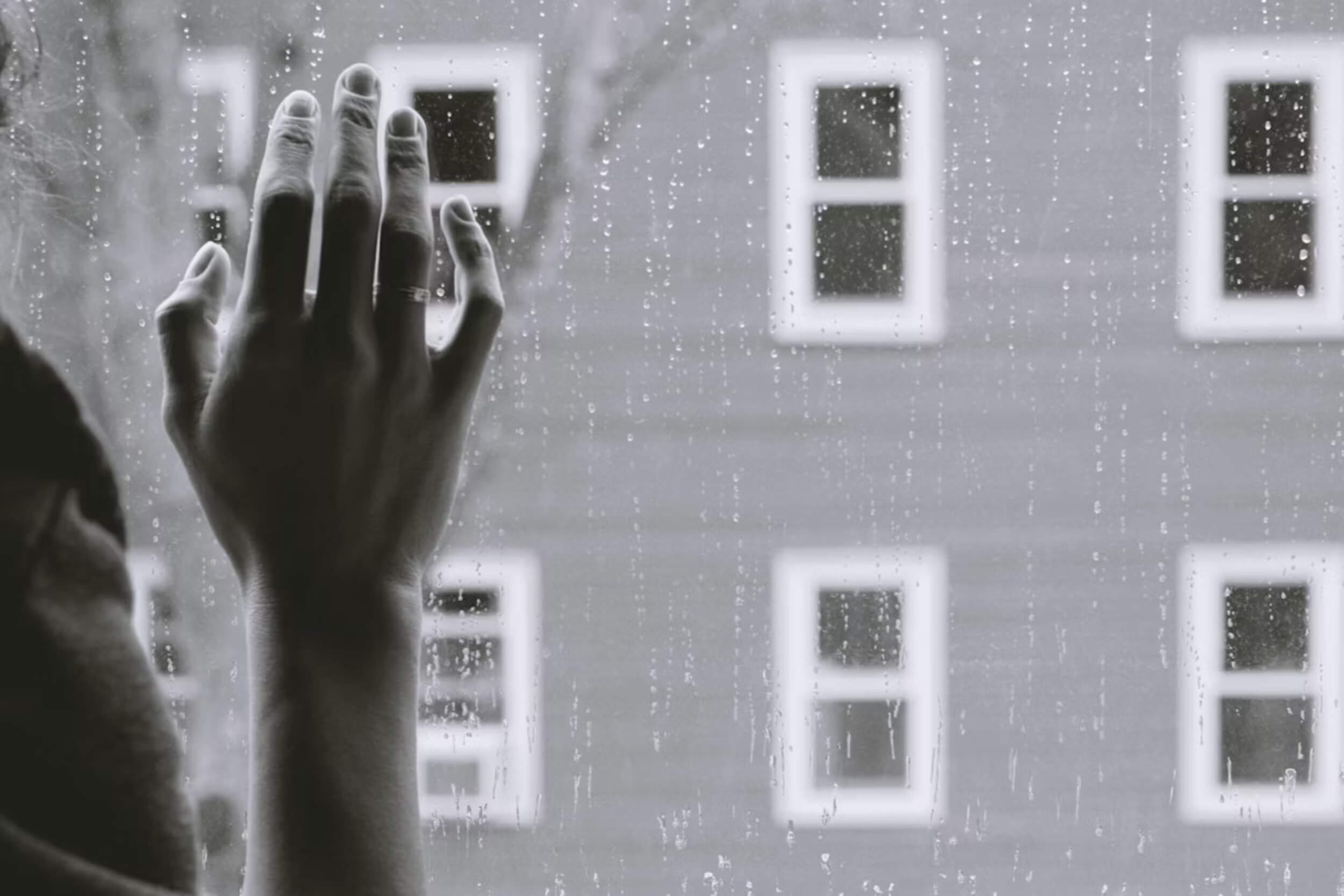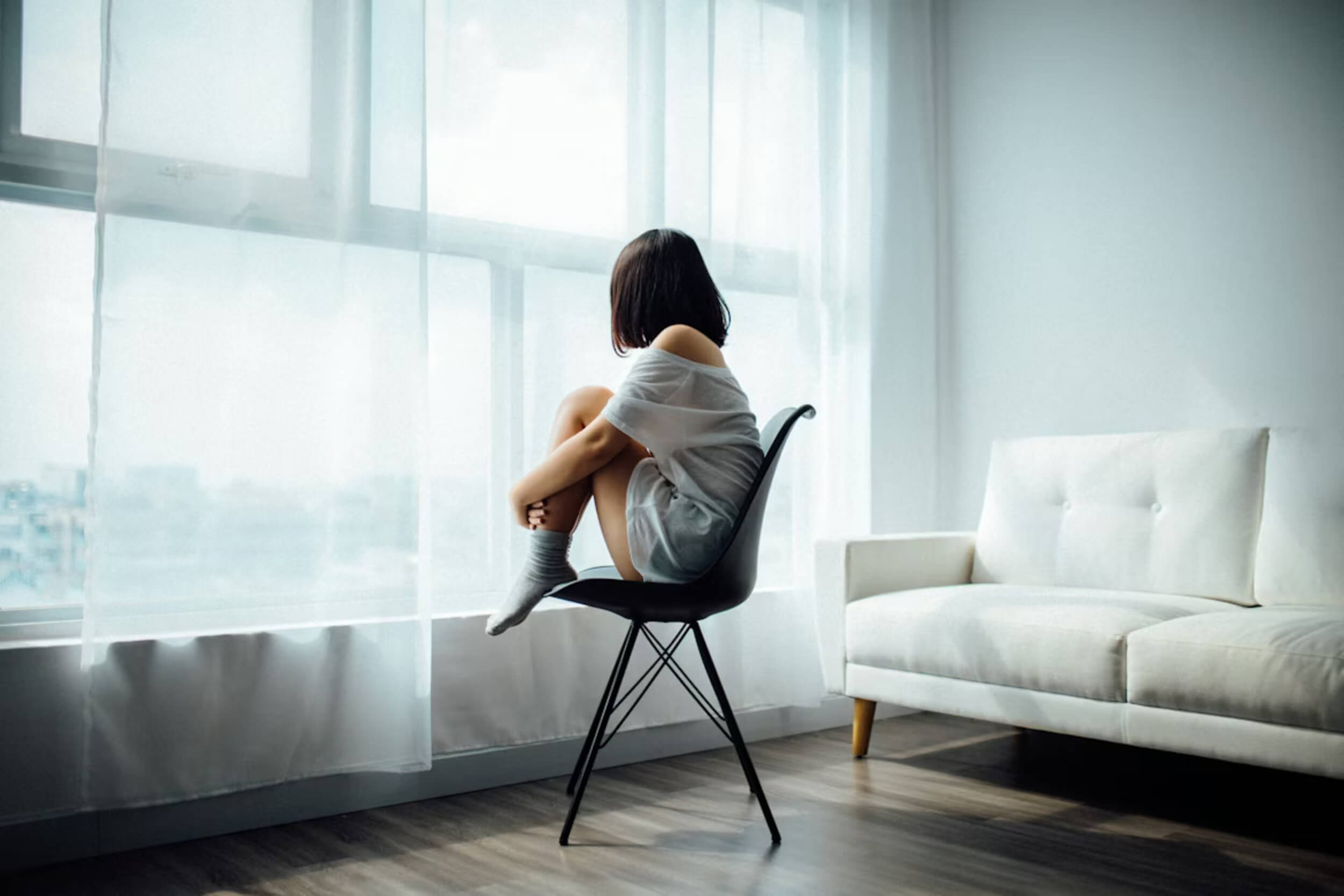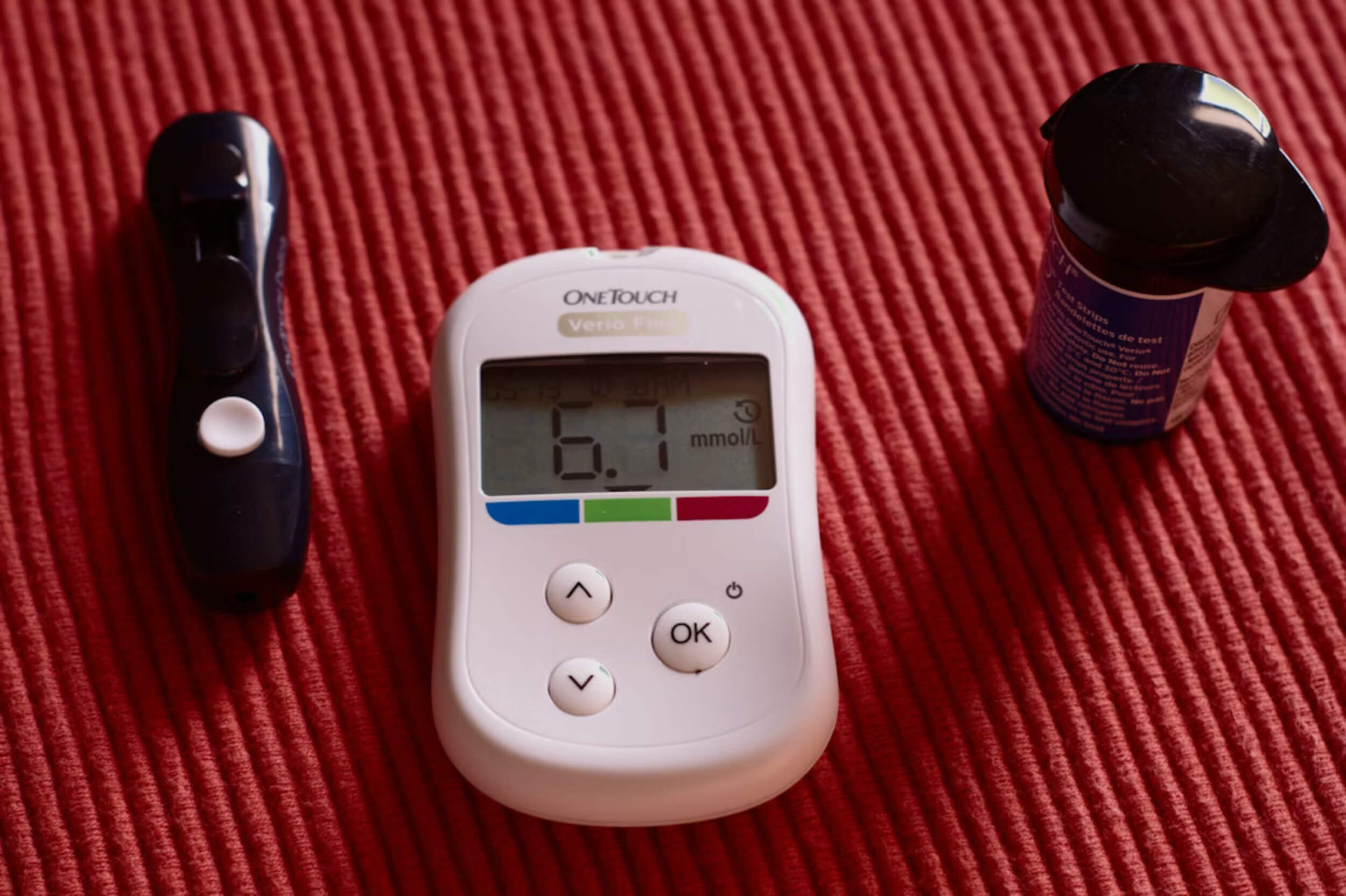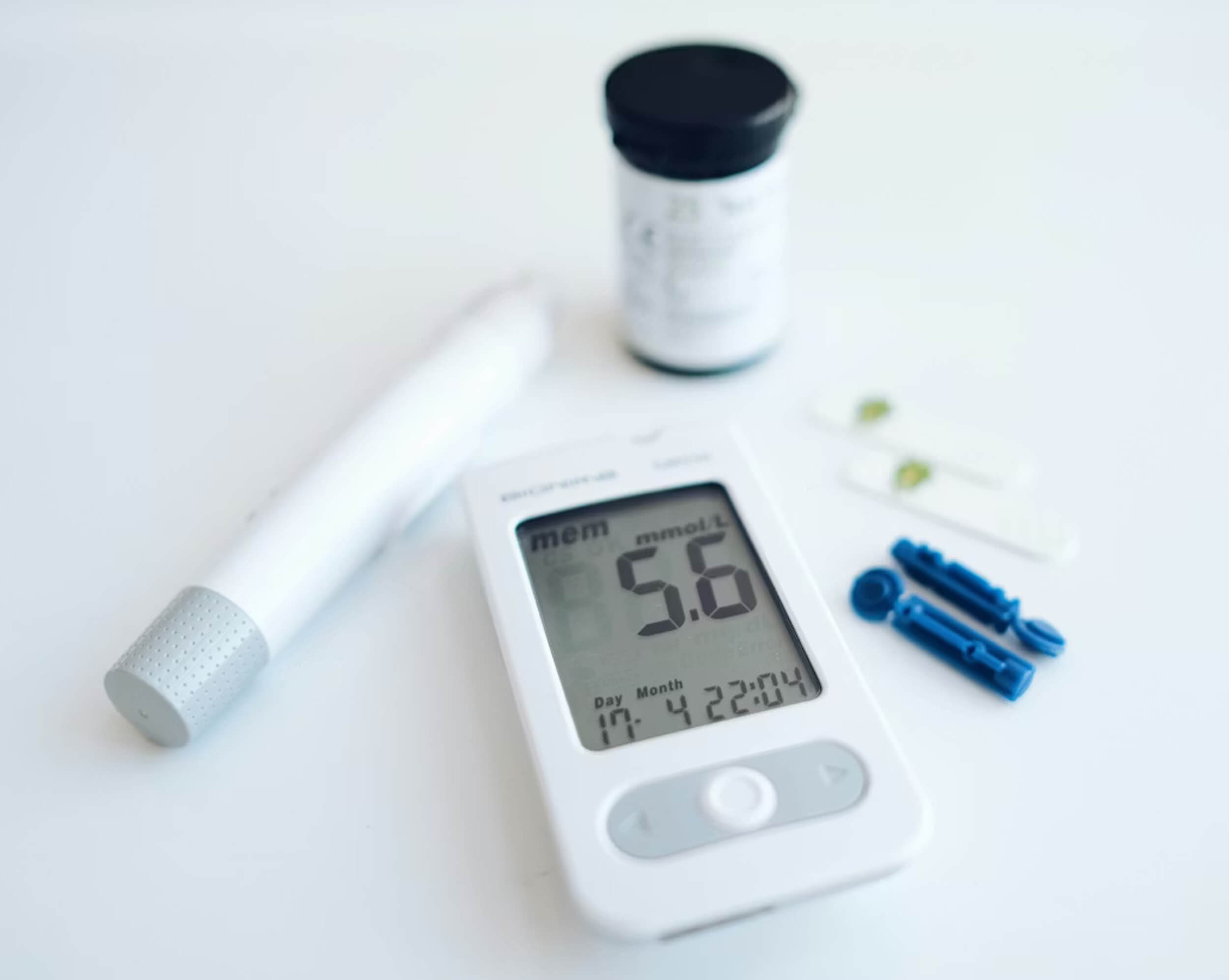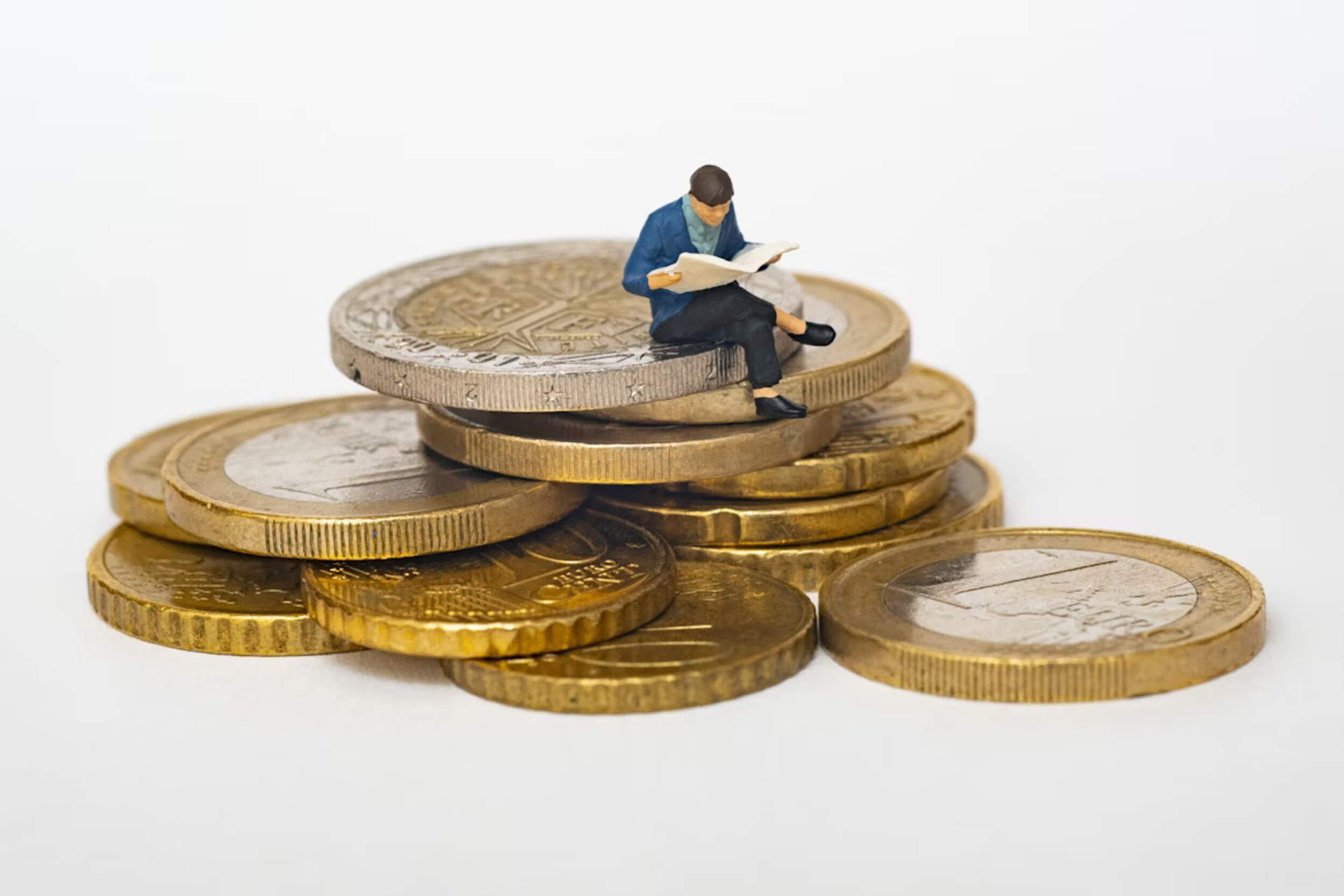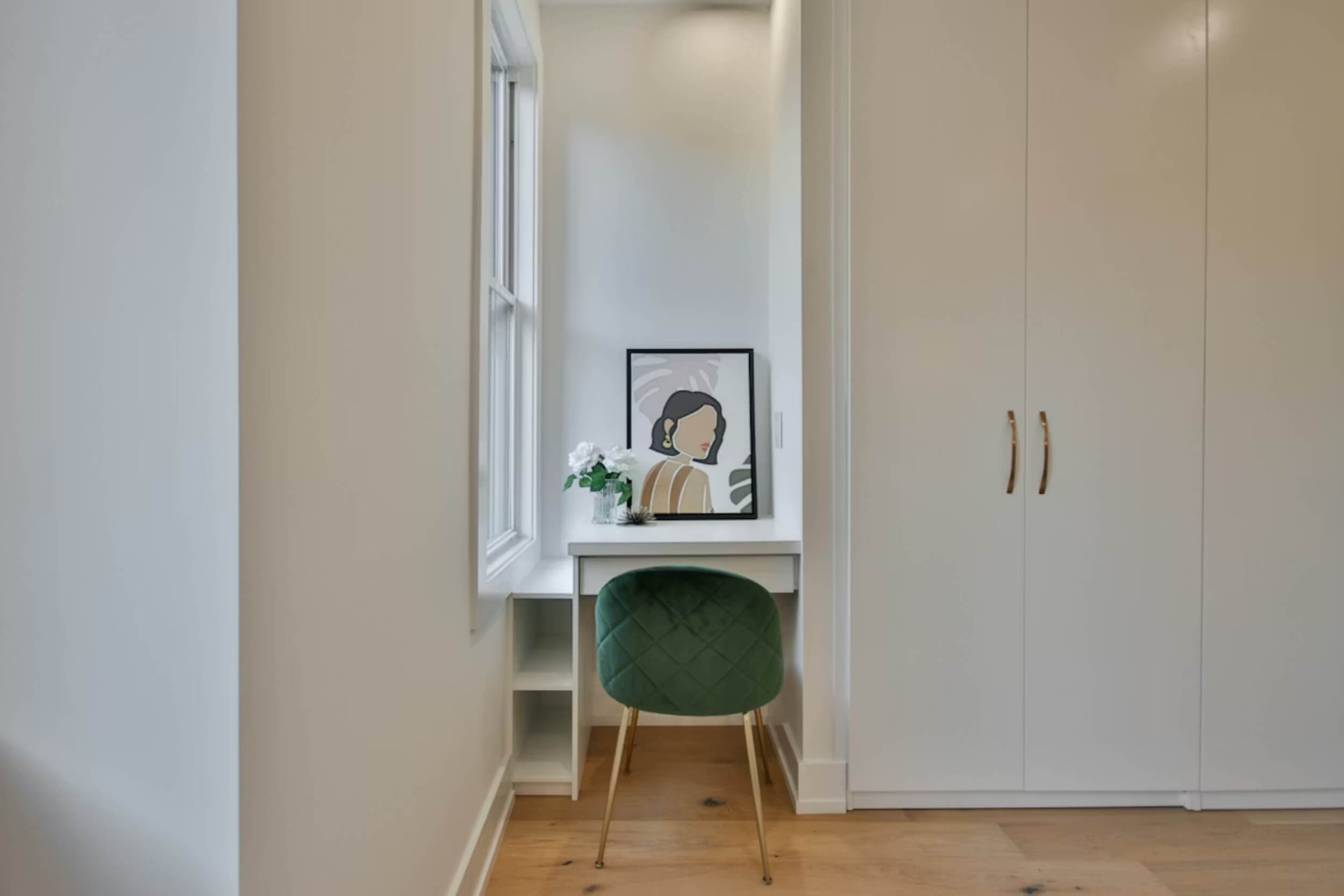A lot of people start feeling strange stomach pain and think it’s just something they ate—but sometimes it’s more than that. Diverticulitis happens when small pouches in the colon, called diverticula, become swollen or infected. These pouches are common, especially in people over 40, and when they’re not causing trouble, it’s called diverticulosis. That stage usually doesn’t come with any symptoms and often goes unnoticed.
Trouble begins when those pouches get irritated. That’s when it turns into diverticulitis, which can bring real pain, gut issues, and even fever. And while it’s more likely with age, younger adults can still deal with it. Knowing the early signs of diverticulitis is important because waiting too long can lead to more serious problems. The good news? You can often manage it early with simple steps at home.
The 7 Warning Signs of Diverticulitis
Some stomach issues seem minor at first, but these early signs of diverticulitis can point to something more serious if left unchecked.
1. Sudden Pain in the Lower Left Abdomen
Pain on the lower left side of your belly can be an early sign something’s off. This is the spot where small pouches, called diverticula, often form in the colon. When they become inflamed, it can lead to sharp, crampy, or aching pain that sticks around or gets worse over time. It’s not like gas that comes and goes.
This pain often stays in one spot and might feel more intense when you move or eat. If the pain doesn’t ease up or keeps coming back, it’s worth paying attention to. It’s one of those issues that people tend to brush off, but it could be linked to something more serious happening in your gut.
2. Fever That Comes with Abdominal Discomfort
If you have a slight fever along with belly pain, don’t ignore it. A low or high fever may mean your body is trying to fight an infection. In diverticulitis, one or more of those small colon pouches can get inflamed or infected, which triggers a temperature rise. You may feel flushed, tired, or just not yourself.
This isn’t the kind of fever you get with a cold or flu, especially if it’s paired with gut pain or pressure. It’s your body’s way of signaling that something deeper could be going on. When fever and stomach discomfort show up together, it’s smart to take it seriously and not wait it out too long.
3. Nausea or Vomiting After Eating
Feeling sick after meals once in a while might not be a big deal—but if it keeps happening, it could mean trouble. When your colon is inflamed, digestion can slow down, and food may not move through as it should. That can lead to nausea or even vomiting. It’s not just about a bad meal or food that didn’t sit right.
If this starts happening often, especially after eating, it’s a red flag that something might be backing up in your system. While people may think it’s just a stomach bug, frequent nausea after meals isn’t normal and shouldn’t be ignored—especially when paired with other gut issues.
4. Constipation That Doesn’t Improve
Getting a little backed up now and then is common. But if you’re stuck for days and nothing helps, it might not be regular constipation. When the colon is swollen or irritated, stool can get trapped or slow down a lot. You might feel pressure, cramping, or a need to go but can’t.
This isn’t the kind that clears up with water or fiber. It may point to something affecting the inside of your colon, like inflammation. If things don’t get better or start to feel worse, don’t assume it’s just something you ate. Chronic constipation with pain could be one of the early signs that your gut is under stress.
5. Diarrhea That Comes Without Warning
Most people link stomach problems with constipation, but diarrhea is also something to watch for. When the colon is irritated, it might push waste through too fast. This can cause sudden, watery stools that hit without warning. It might happen once or show up multiple times a day.
Unlike food poisoning or stress-related stomach trouble, this type of diarrhea can stick around or come and go with no clear cause. It can leave you feeling tired, dehydrated, or even in pain. When it becomes a regular thing, especially with belly discomfort, it may be your body’s way of saying something’s wrong inside and needs attention.
6. Tenderness or Pressure When Touching the Abdomen
If pressing on your stomach feels uncomfortable or painful, it could be more than just a sore muscle. Inflammation in the colon can cause certain areas of your belly—usually the lower left side—to feel tender. This might feel like a deep ache, a sharp jab, or just a strange tightness when touched.
It doesn’t usually go away with movement or rest. This kind of sensitivity is one of those symptoms people often overlook or try to push through. But when the body reacts this way, especially with other stomach issues, it’s worth noting. It could be connected to the early stages of a larger issue building up in your digestive system.
7. Traces of Blood in the Stool
Seeing blood in your stool can be scary, but it should never be ignored. Diverticulitis can sometimes cause small tears in the colon, which may lead to bleeding. You might notice bright red streaks, dark patches, or even pinkish spots on toilet paper. Even a small amount is a sign that something isn’t right.
While some bleeding can come from things like hemorrhoids, blood showing up more than once—especially with pain or other stomach issues—needs to be taken seriously. Along with other signs of diverticulitis, this is one of the clearest indicators that your gut may be struggling with inflammation or damage.
How to Naturally Soothe Diverticulitis
Taking small, natural steps can make a big difference when you’re dealing with the early signs of diverticulitis and want to feel better without added stress.
Switch to a Low-Fiber Diet During Flare-Ups
When your colon is already irritated, high-fiber foods can make things worse. That’s because fiber adds bulk and can put extra pressure on inflamed areas. During a flare-up, it helps to stick to soft, easy-to-digest foods like clear broths, plain white rice, mashed potatoes, or well-cooked carrots. These give your gut a break while still keeping you nourished. Once symptoms calm down, you can slowly add fiber-rich foods back into your meals, like oats, apples without the skin, or steamed greens. Taking it slow can help avoid another flare.
Drink More Water to Keep Things Moving
Staying hydrated is one of the simplest ways to support your gut. Water helps soften your stool and keeps things moving through your colon without added strain. That matters when you’re already dealing with inflammation. Try to drink 8 to 10 cups a day—more if you’re sweating or active. Carrying a water bottle with you can help you remember to sip throughout the day. It’s a small habit that can make a big difference.
Use Warm Compresses for Abdominal Relief
A heating pad or warm towel placed on your stomach can help relax the muscles in your colon. It’s a gentle way to ease cramps and lower pain at home. You can use one for about 15 to 20 minutes at a time, a few times a day if needed. Just make sure it’s warm—not too hot—to avoid skin irritation.
Avoid Trigger Foods That Can Aggravate Symptoms
Some foods are known to make symptoms worse. Red meat, processed snacks, fried foods, and alcohol can all lead to more inflammation or upset your digestion. It helps to track what you eat and how you feel afterward. A simple food journal can show patterns over time so you know what to avoid during flare-ups and what’s safe for your system.
Incorporate Gentle Movement (After Rest) to Aid Recovery
Resting during a flare is important, but once the worst passes, light activity can help. Short walks after meals can improve digestion and prevent constipation. Avoid heavy workouts or anything that puts pressure on your belly until you feel better. Regular, gentle movement also helps lower the chance of future flare-ups and supports overall gut health.
Final Thoughts on Spotting Diverticulitis and Soothing It Naturally
Catching the signs of diverticulitis early can help you avoid more serious problems down the line. Paying attention to things like pain, changes in bathroom habits, or even how your stomach feels can go a long way. Natural remedies like rest, simple foods, and light movement can ease mild symptoms—but they’re not a replacement for real medical care. If things don’t get better or start to feel worse, it’s time to reach out for help. Listening to your gut—literally—can help you heal sooner and lower the chances of another flare-up in the future.
